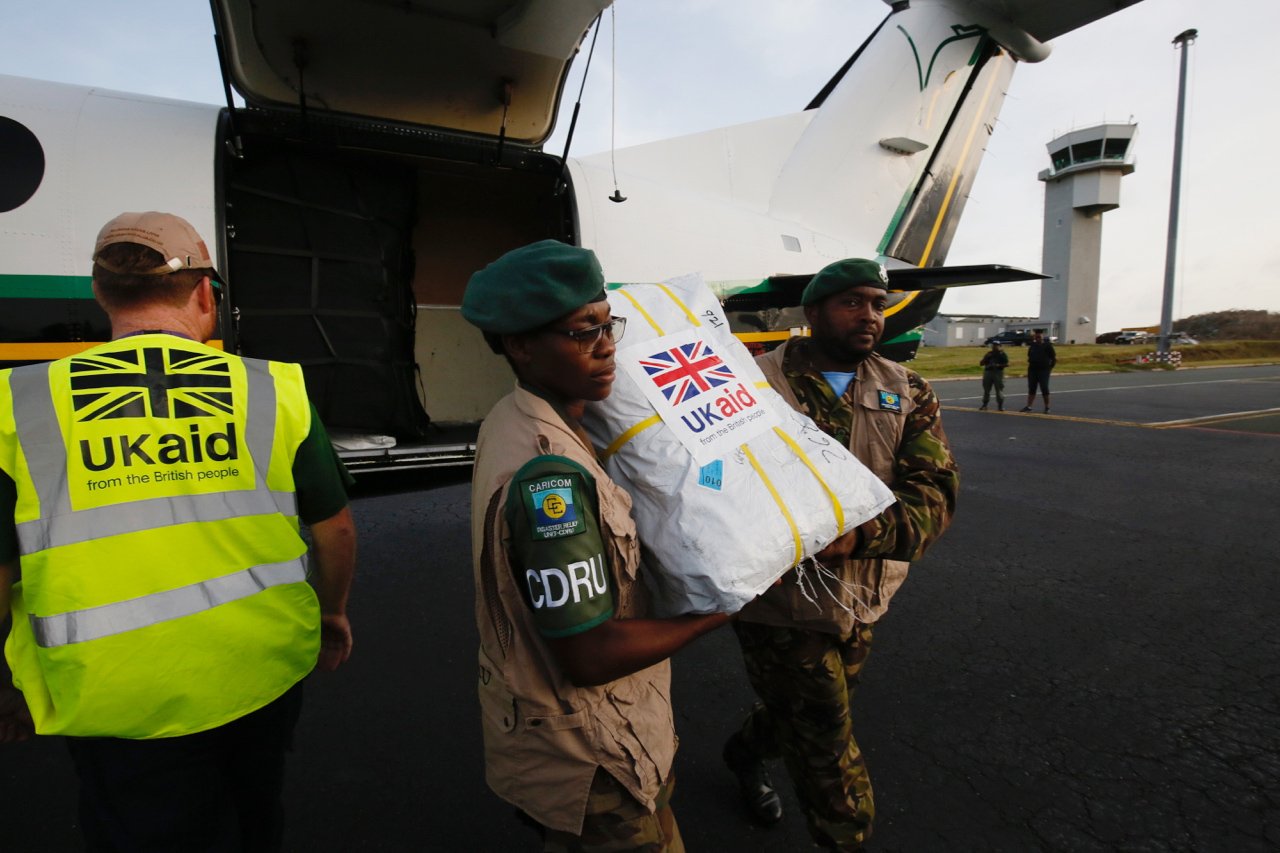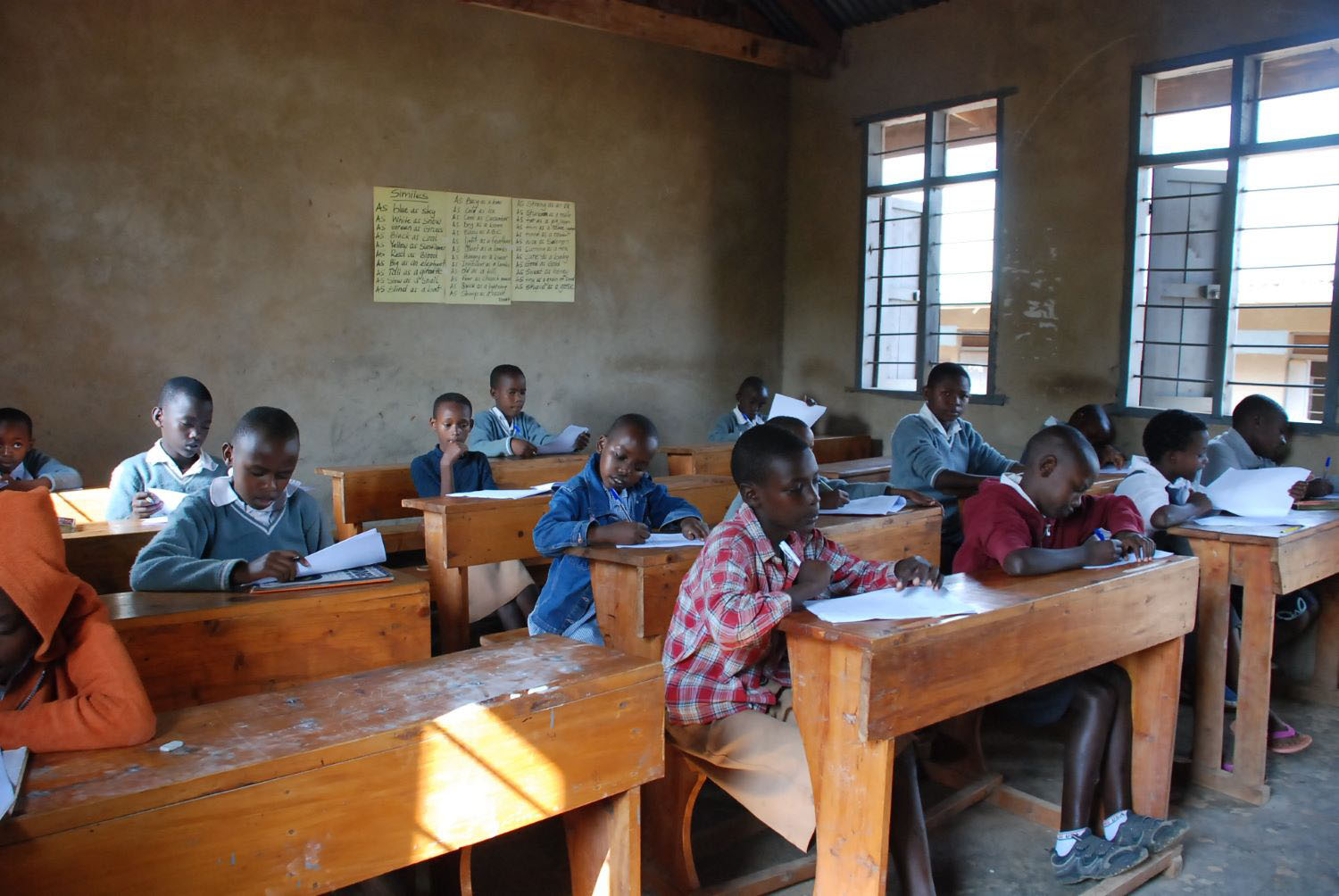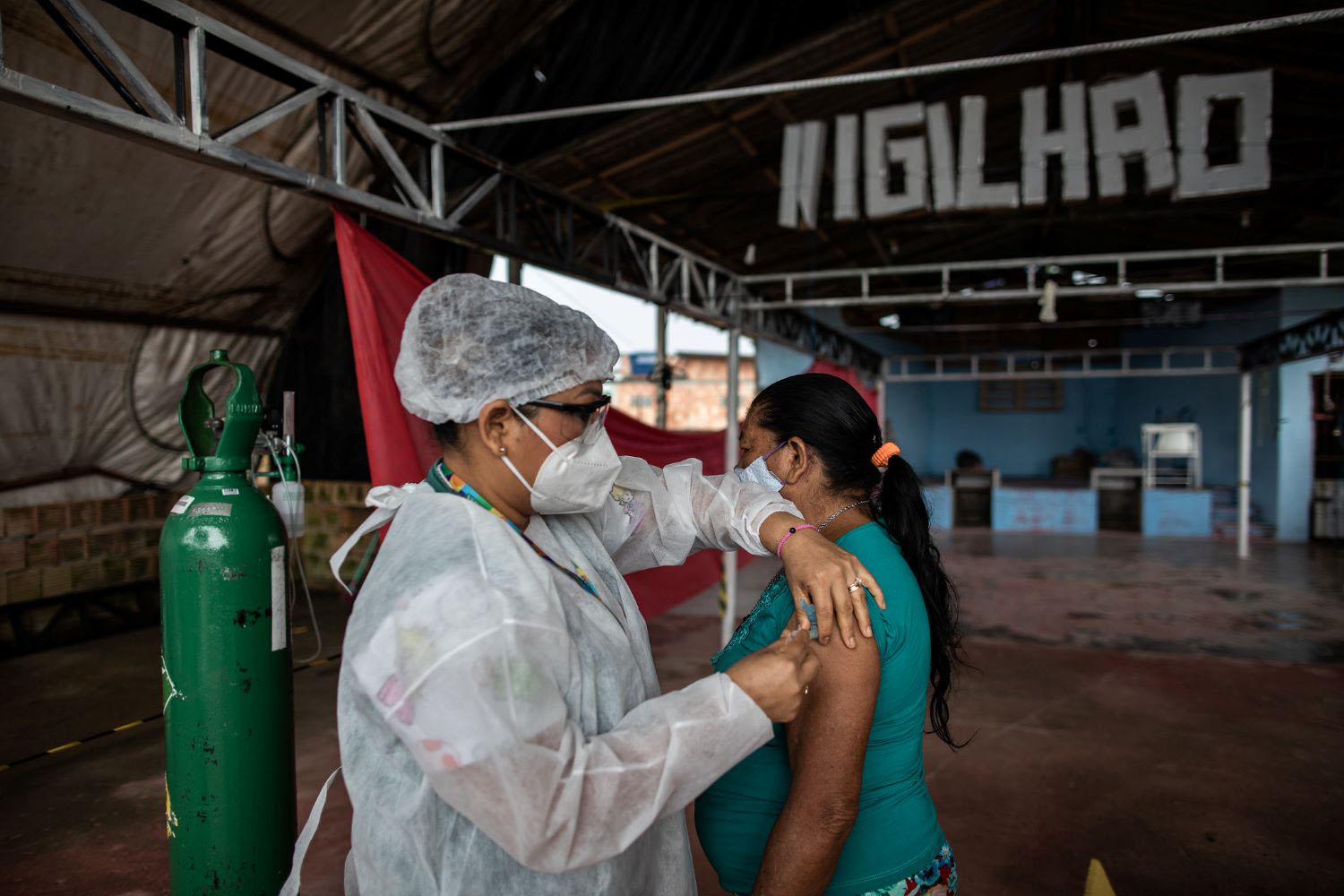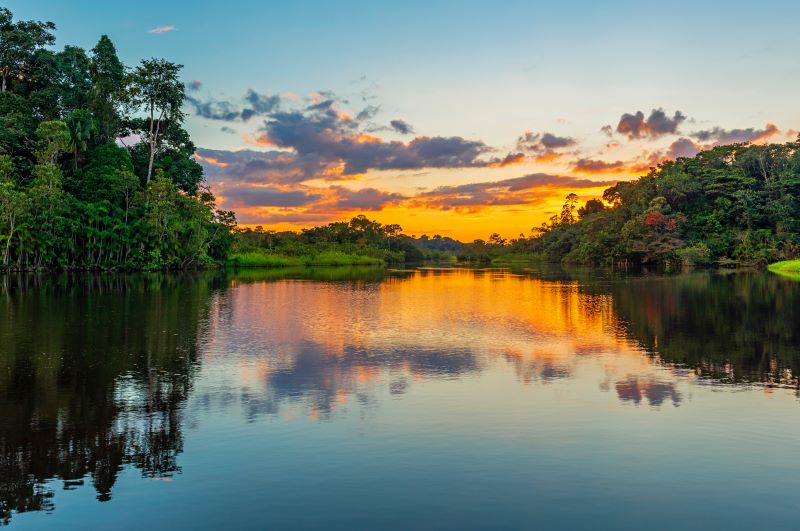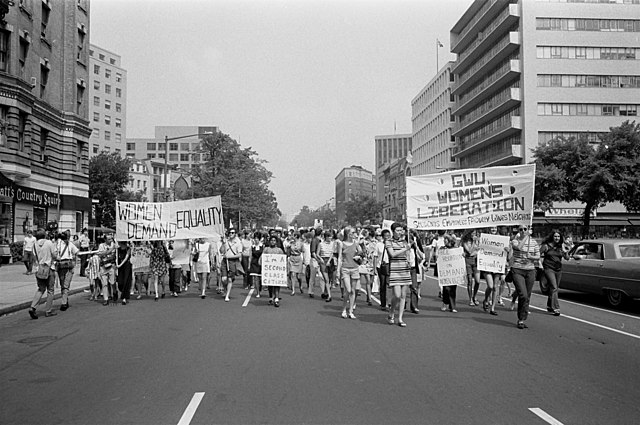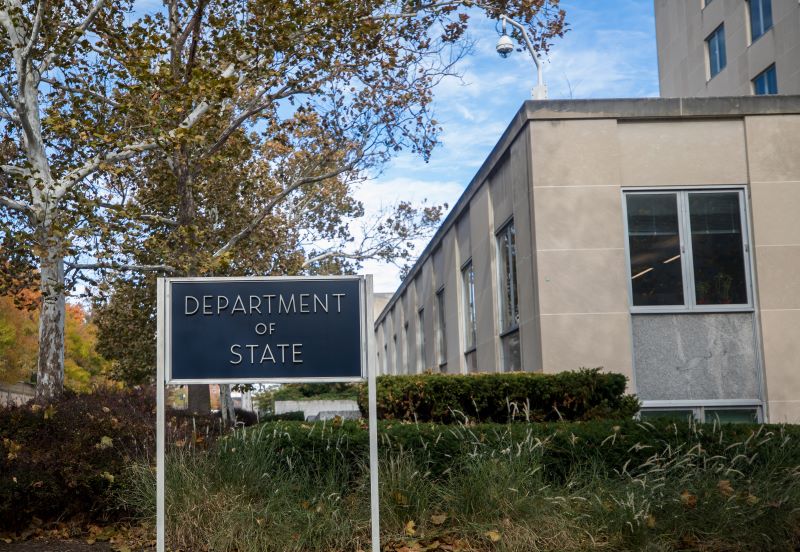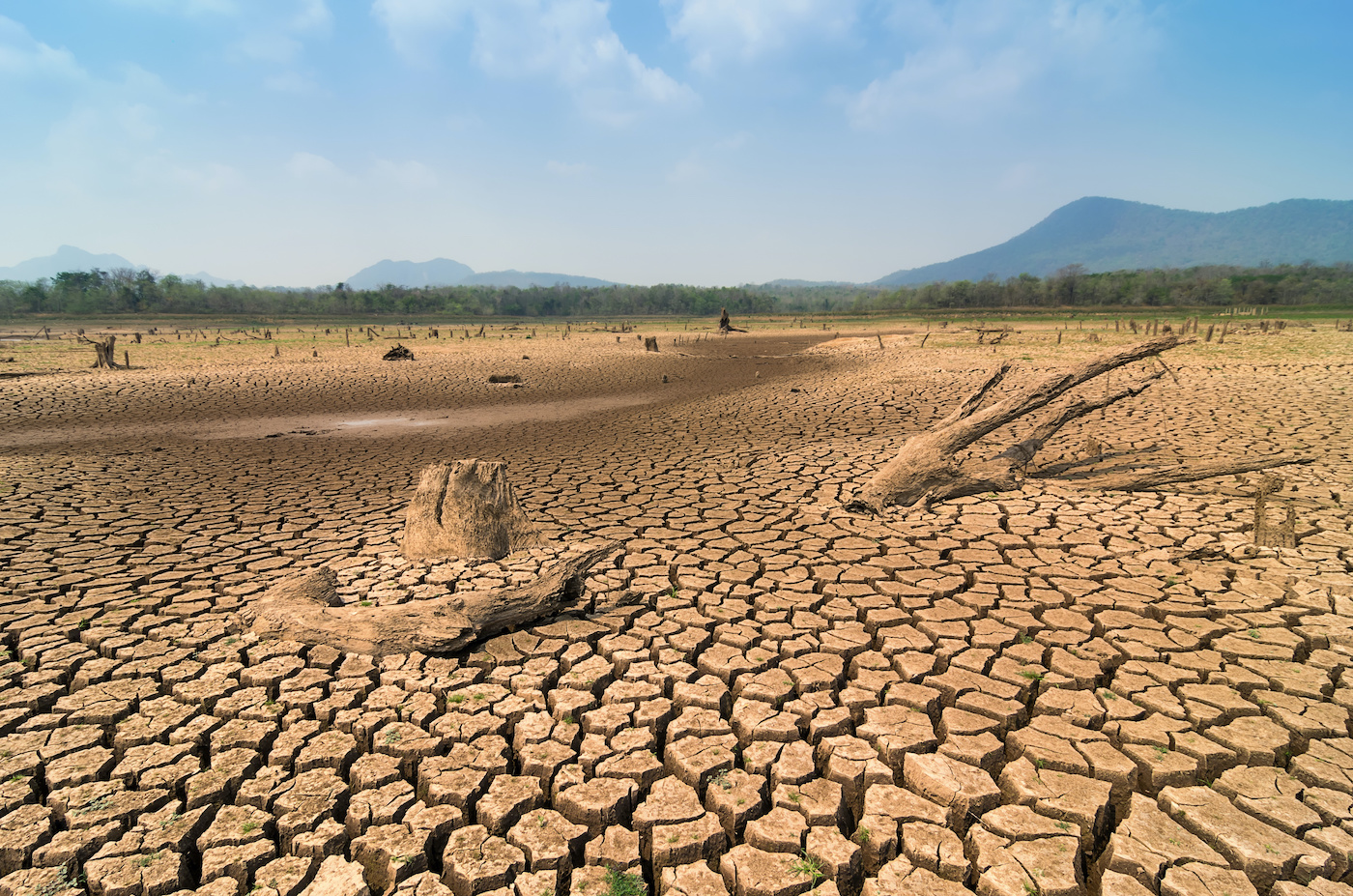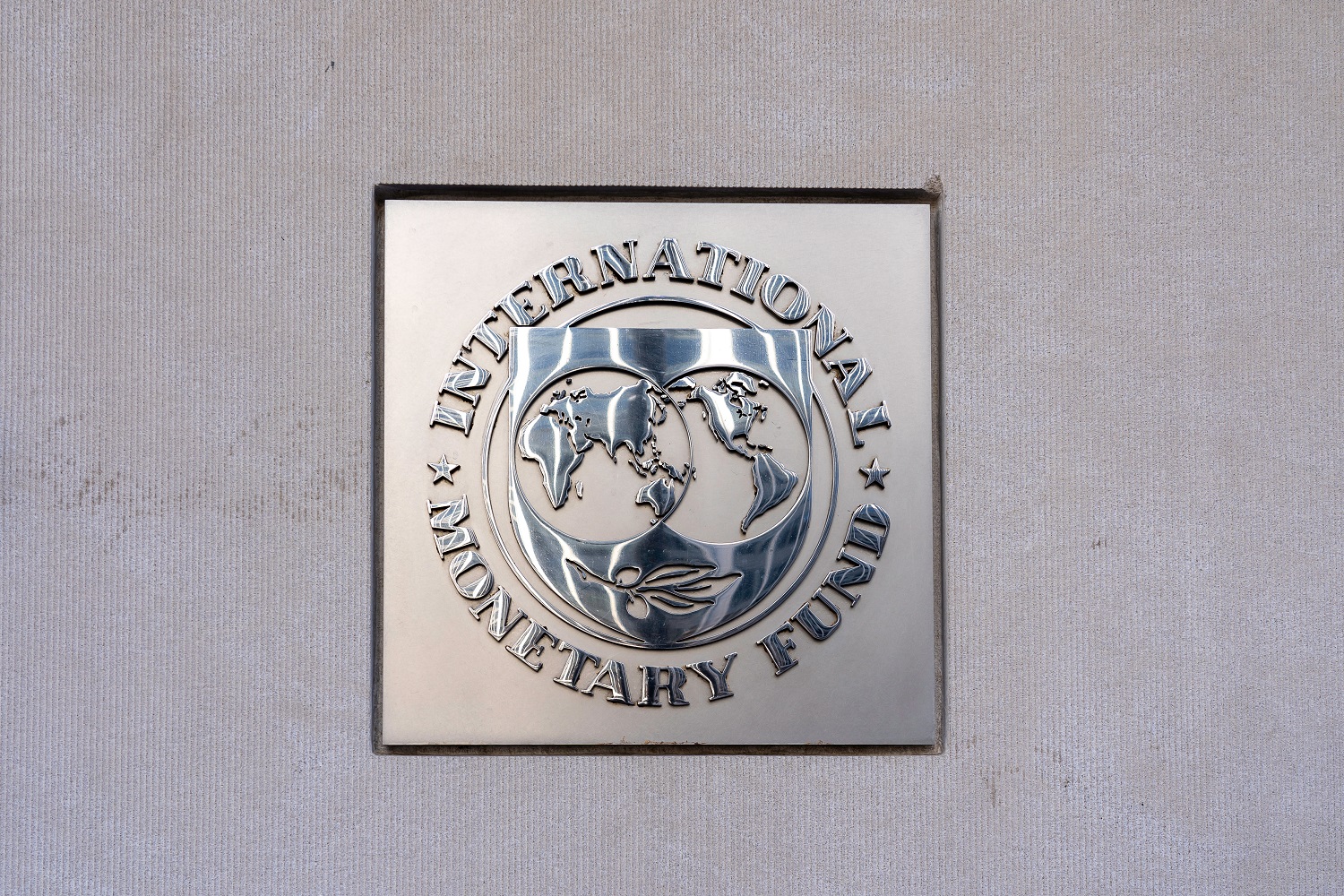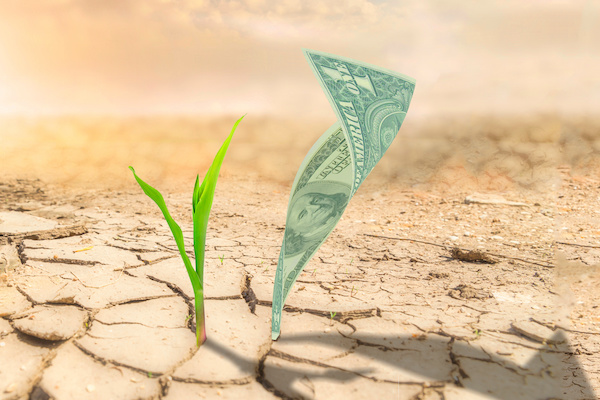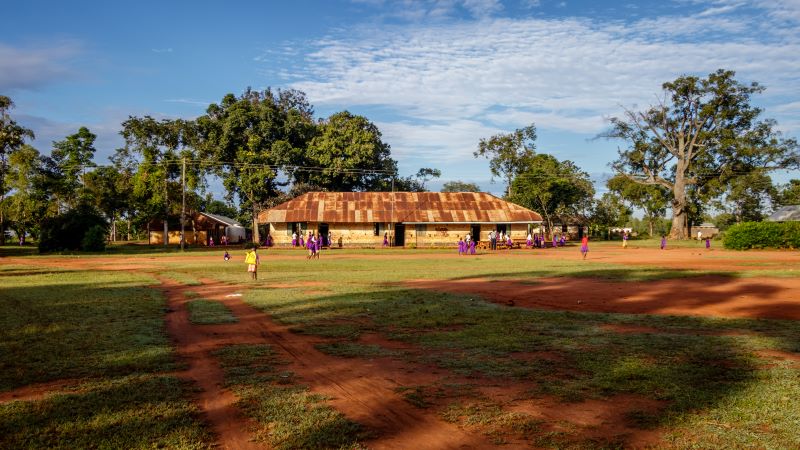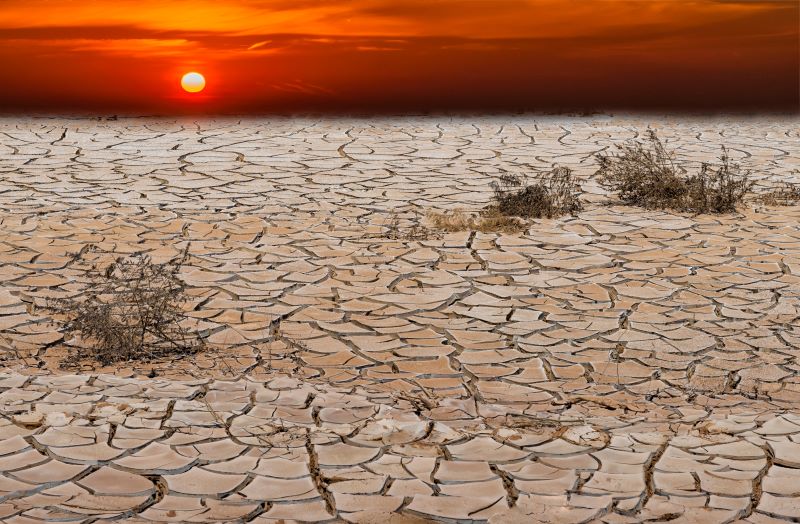Subscribe
Subscribe today to receive CGD’s latest newsletters and topic updates.
All Commentary
Filters:
Topics
Facet Toggle
Content Type
Facet Toggle
Blog Type
Facet Toggle
Time Frame
Facet Toggle
Blog Post
September 22, 2023
The IMF has now approved ten new loans to countries under its new Resilience and Sustainability Trust (RST), established in 2022 to provide financial support on concessional terms to countries facing long-term structural challenges arising from two key threats: climate change and pandemic preparedne...
Blog Post
December 19, 2022
One in five people on the planet live in countries at risk of debt distress. Yet the leaders and institutions that understand the challenge and could address it are instead virtue signaling and pointing the finger at others who share responsibly for a solution. We need a different approach—one that ...
Blog Post
November 01, 2022
One of the single biggest challenges in achieving educational reform is aligning all the different actors towards the goals of the reform. Girls’ education is no exception. Rwanda has achieved considerable gains in girls’ education in recent years through exactly such an alignment, with girls now ou...
Blog Post
August 11, 2022
Ahead of COP27, which will take place in Egypt in November 2022, CGD hosted an event that aimed to identify the challenges of mobilizing private finance for climate action in Africa as well as the opportunities and policies needed to overcome them. From the rich discussions, we have summarized a ran...
Blog Post
June 30, 2022
Improving the effectiveness and traction of IMF surveillance could enable timely responses to climate-related crises. Overseeing the international monetary system and the policies of its member countries—an activity known as “surveillance”—is a key function the IMF performs to promote global economi...


